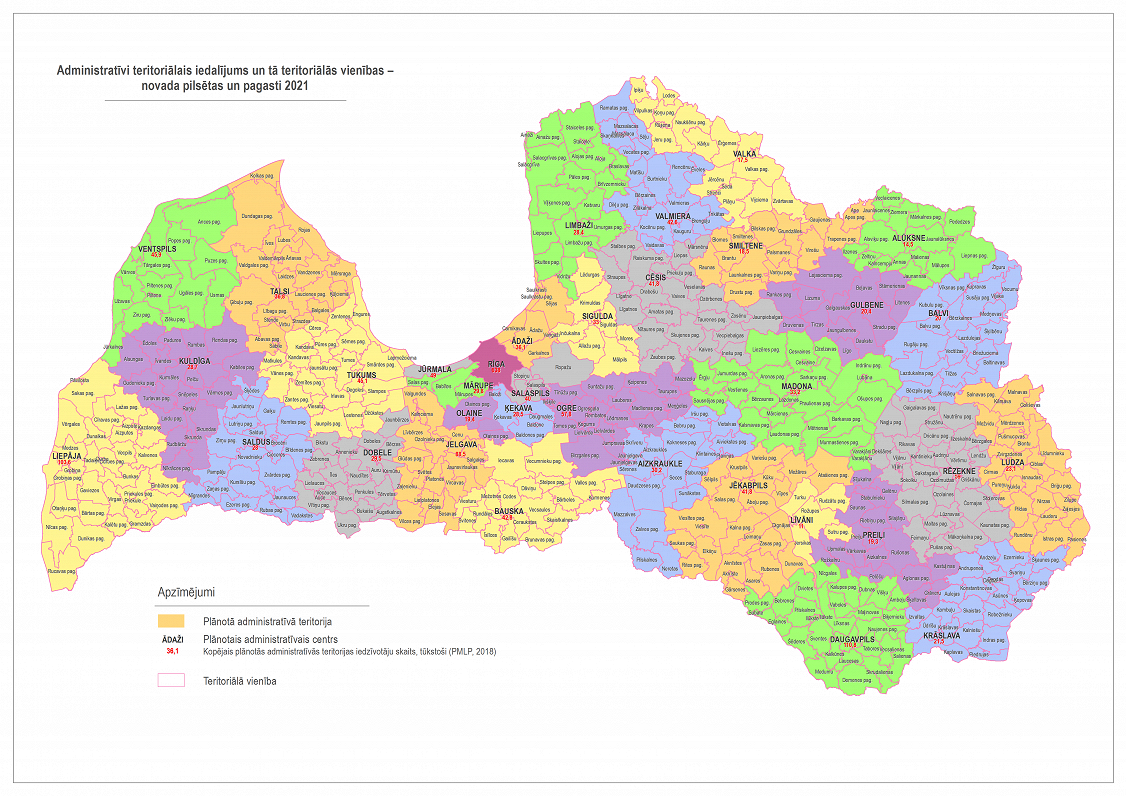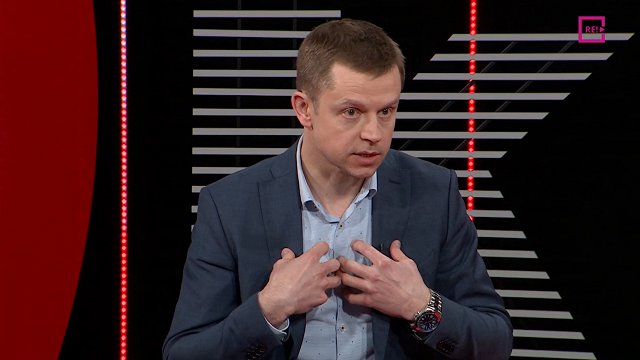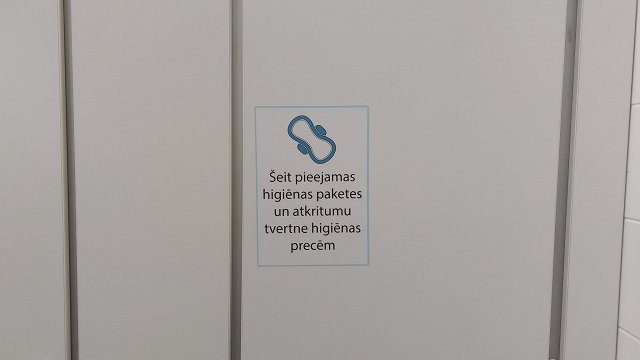Despite objections of the Latvian Association of Local and Regional Governments, the government accepted the ministry's conceptual report on administrative territorial division, which envisages the creation of 36 municipalities. The ministry will be responsible for the implementation of the reform.
The government tasked the ministry with preparing and submitting to the Government by November 21 a draft law on the administrative-territorial division. The draft law must be submitted to Saeima by December 1.
During the discussions, a number of municipal representatives criticized the report prepared by the Environmental Protection and Regional Development Ministry. For example, representatives from Rujiena Region criticized the idea of merging Rūjiena Region with Valka Region, not Valmiera Region with which Rūjiena had closer economic relations.
Representatives of Iecava County Region, Priekule Region and Latvian Large Cities Association also criticized the report.
Prime Minister Krišjānis Kariņš (New Unity) thanked Regional Development Minister Juris Pūce (For Development/For) for preparing the report.
Pūce, in turn, thanked all partners who participated in planning the reform. He stressed that all arguments and visions had been heard and all questions were answered.
He also said that a law on administrative territorial reform would be drafted within a month.
"We have consulted municipalities, society and the social partners. We have taken into consideration well thought out suggestions and data to create a model of territorial division that will reduce the existing inequalities between municipalities," said Puce.
The Environmental Protection and Regional Development Ministry reminds that currently 59 out of 119 municipalities do not meet the criteria and requirements laid down in the Law on Local Governments.
The ministry points out that the functions of all municipalities are the same, but many small municipalities are not able to perform all their functions, and hence inequality between municipalities continues to increase. Namely, the administrative costs in municipalities range from €50 to €200 per capita, and at only 28 municipalities these costs make up less than 7% of the municipal budget.
As reported, after the Environmental Protection and Regional Development Ministry's administrative territorial reform, Daugavpils will be the second largest government in Latvia after Riga, while Livani will be the smallest one, according to the ministry's latest report.

































